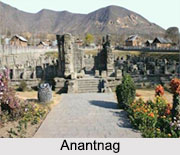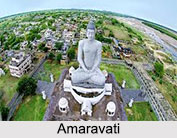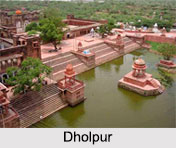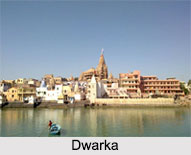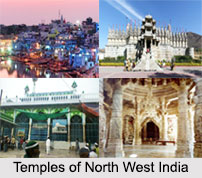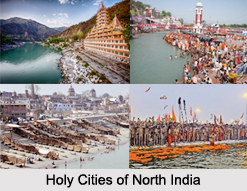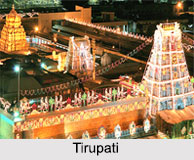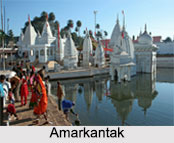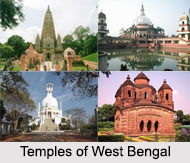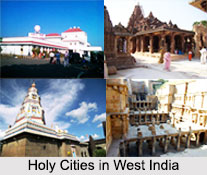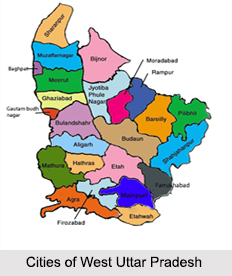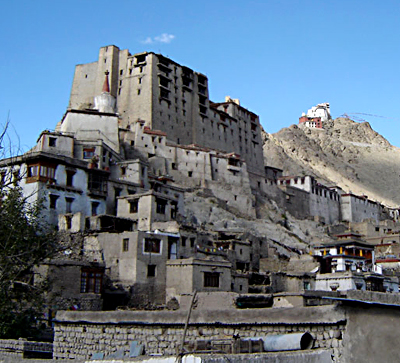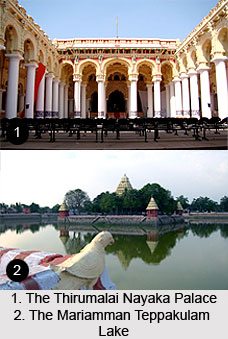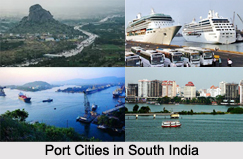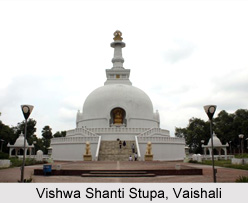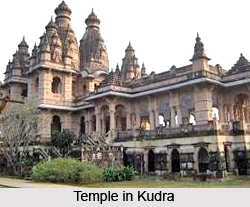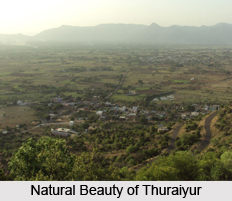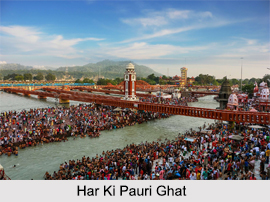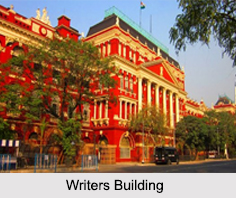 Writers Building is one of the finest examples of classical European architecture available in present times in India. Writers" Building serves as the secretariat of the West Bengal State Government and is situated in the capital city of Kolkata. It is an edifice of immense political consequence and remembrances of the Indian Independence Movement. Writers" Building which is also referred to and hugely popular as “Mahakaran†in Bengali.
Writers Building is one of the finest examples of classical European architecture available in present times in India. Writers" Building serves as the secretariat of the West Bengal State Government and is situated in the capital city of Kolkata. It is an edifice of immense political consequence and remembrances of the Indian Independence Movement. Writers" Building which is also referred to and hugely popular as “Mahakaran†in Bengali.
Architecture of Writers Building
Designed by Thomas Lyon in 1780, Writers" Building received its extraordinary Corinthian facade in 1889, a rare illustration of Neo-Renaissance. There is a statue of Minerva, a Roman Goddess on top the principal entrance. The colossal all-red building originally served as the government agency for British East India Company writers, basically who served as clerical and administrative staffs. Umpteen departments of the West Bengal government are housed within this building. The West Bengal Cabinet Ministers have their offices located in this building. At present a least of 6000 officials work within the building premises. Every kind of significant document and other records of the West Bengal Government are preserved for future usage in the Writers" Building. It was the office of the Chief Minister of West Bengal until 4 October 2013.
Location of Writers Building
Writers` Building is placed on the northern land of the water body, locally referred to as Lal Dighi in B.B.D. Bagh (previously known as Dalhousie Square) area in Kolkata. It stands magnificently on a sprawling 10 acres of land, consisting of a total of 13 four-storeyed edifices. Writers` Building absolutely sums up the political revolution of Bengal.
History of Writers Building
History of Writers Building first can be traced into the later years of the 17th century, when the gigantic building was yet to take shape. During that time, there used to exist 2 separate buildings, which were designated for the East India Company writers, hence lending the building its present name. With passage of time, the situation was taken over as a serious issue, in which the lawmakers had decided to turn Writers" Building into an administrative and governmental one.
Visiting Information of Writers Building
The best time for tourists to visit Writers" Building is from 9 A.M. to 11 A.M. The Writers` Building is easily accessible through the primary means of transport. Local buses and taxis are available from various parts of the city. The nearest railway station being Sealdah, Writers Building can also be reached by Metro Railway. The nearest Metro station is Esplanade. The nearest international airport</b> is Netaji Subhas Chandra Bose International Airport.
